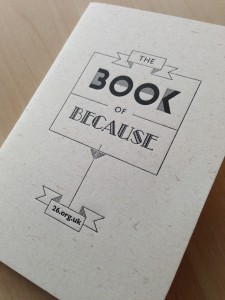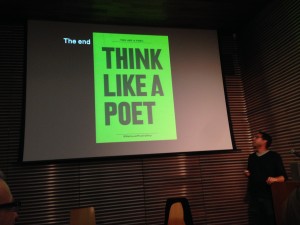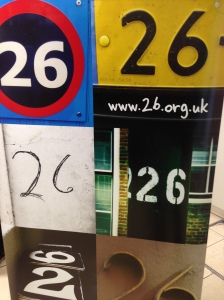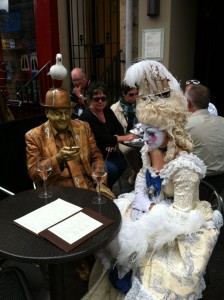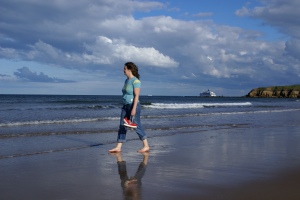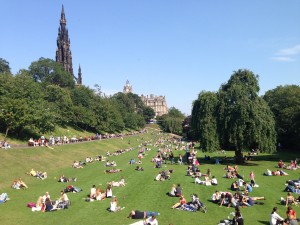On Saturday, I went on an adventure, kayaking down the River Tyne with three of my friends. The spur was to be fearless, to do something we hadn’t done before. It was a brilliant afternoon.
Today it has me reflecting on watery phrases, and how they can be used as a metaphor for the writing process.
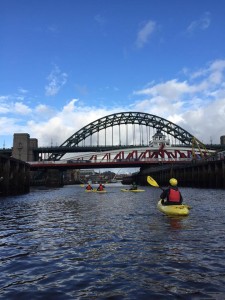 Our guides for the day were the Cullercoats Bike and Kayak crew, making sure we were safe, helping us navigate the river and coaching us on paddling the route. We began at Derwenthaugh, getting into the river opposite the Vickers Armstrong factory – a reminder of the long industrial heritage of this busy, working river.
Our guides for the day were the Cullercoats Bike and Kayak crew, making sure we were safe, helping us navigate the river and coaching us on paddling the route. We began at Derwenthaugh, getting into the river opposite the Vickers Armstrong factory – a reminder of the long industrial heritage of this busy, working river.
We had waited for the tide to turn, so we would ride with the flow out towards the sea. But on first entering the water in our unfamiliar craft, the tide was slack. At first, getting the hang of paddling and steering had some of us going round in circles, and progress was slow.
Figuring out port and starboard
Slack water is where you have to put some effort in to move forwards. It’s like the start of a writing project, where I’m learning new things about a client and their business, about their customers and what they want and need. It’s about taking on board new information, trying things out, getting a feel for the project.
At this stage, I’m learning new terms and language. Like getting to grips with my paddle, this might feel clumsy or cumbersome at first, but soon it starts to feel more natural. I might try out a few phrases, and find I’m steering the tone of voice too far towards the informal, so I get feedback and correct my course.
As we got used to our craft and more confident in abilities to control our direction, we began to feel the river flow faster, and as we paddled it felt like we were cutting through the water, picking up pace.
Floating down river
Travelling with the tide, going with the flow is what it feels like when I’m writing in the zone, when the words come quickly and easily. It’s the first draft, when I don’t think, don’t judge, just write and let the ideas and thoughts take shape on paper. Progress is quicker and there’s a sense of excitement and exhilaration.
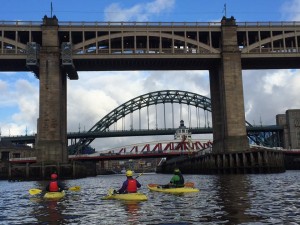 Soon we approached the Tyne’s iconic bridges. Always a sight to stir my heart, and never more so than on this adventure, seeing their familiar lines and arcs from a new perspective. Paddling beneath the seven bridges that span the great river as it travels through the heart of the city is something I will never forget.
Soon we approached the Tyne’s iconic bridges. Always a sight to stir my heart, and never more so than on this adventure, seeing their familiar lines and arcs from a new perspective. Paddling beneath the seven bridges that span the great river as it travels through the heart of the city is something I will never forget.
New perspectives
From water level, the Tyne’s bridges take on a new dimension. Their scale is epic. The engineering impressive. Their stanchions deep in the river narrowing the navigable route.
Seeing things from a new angle is useful tool for writing too. Sometimes I have to get into the detail to discover the small clue that unlocks the heart of the story. At other times, it’s the broader sweep, the wider view of how a business fits in its landscape of customers and community that will give me the right perspective.
If I find myself stuck, taking a physical, or mental wander around, drinking in the experience of sights, sounds smells, tastes and feelings is a sure fire way of generating new ideas, phrases and insights. Looking at objects from a new and unfamiliar perspective gives me a new angle for writing about them too.
Smooth waters
Beneath the magnificent bridges, the river was glassy smooth. In the heart of the busy city, gulls flew overhead and there was silence apart from the odd rumble of a car or a train passing by overhead. This gave us time to slow down, admire the view and enjoy the sensation of having part of the river to ourselves.
In writing, that’s like the polishing and editing process. The time when I slow down and look at the words on the page carefully, weighing each one, considering its place. Like the river, sometimes this can be a choppy process and it can feel like I’m being buffeted to and fro. The goal is to navigate the chop, using my skills and experience to turn the finished piece into smooth prose that sounds naturally as though that’s the way it’s meant to be.
Thanks to Cullercoats Bike and Kayak for looking after us, supplying all the equipment and being excellent guides for our river tour. Special thanks to my friend Sue for saying she wanted to have a go in a kayak; to Roger and Tove for being the right kind of daft to go along with it; and to Penny for taking some excellent photos of us on the river.
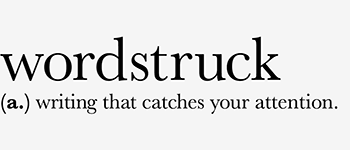



 I was there for the music. And so was everyone else.
I was there for the music. And so was everyone else.